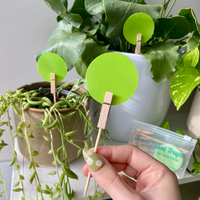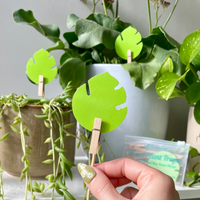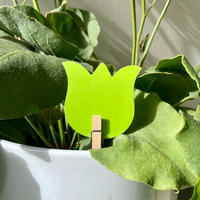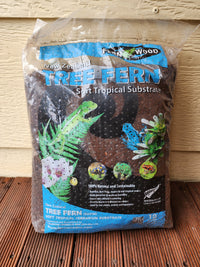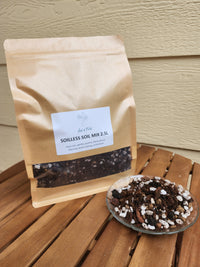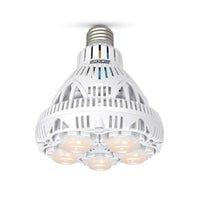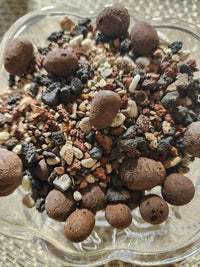Ever noticed droopy leaves despite careful watering? Achieving vibrant indoor plants in Australia hinges on choosing the best potting mix for indoor plants in Australia, and Leaf of Faith dissects every ingredient, standard and fix to transform your potted greenery. We define the essential components that improve drainage and moisture retention, explain why Australian Standards tick matters, show solutions for pests and soil issues, help you select the right Leaf of Faith mix, and share DIY recipes using our premium blends. Ready to elevate your indoor jungle with targeted potting media? Let’s break it down step by step.
What Are the Essential Ingredients in the Best Potting Mix for Indoor Plants in Australia?
The best indoor plant potting mix in Australia combines composted pine bark, coir fibre, perlite or vermiculite, wetting agents and slow-release fertilisers to deliver aeration, moisture control and sustained nutrients for thriving roots.
Essential Ingredients in Potting Mix
The best potting mixes for indoor plants in Australia typically include composted pine bark, coir fibre, perlite or vermiculite, wetting agents, and slow-release fertilisers. These components work together to provide aeration, moisture control, and sustained nutrients, which are essential for healthy root development and overall plant vitality.
How Does Composted Pine Bark Improve Potting Mix Quality?
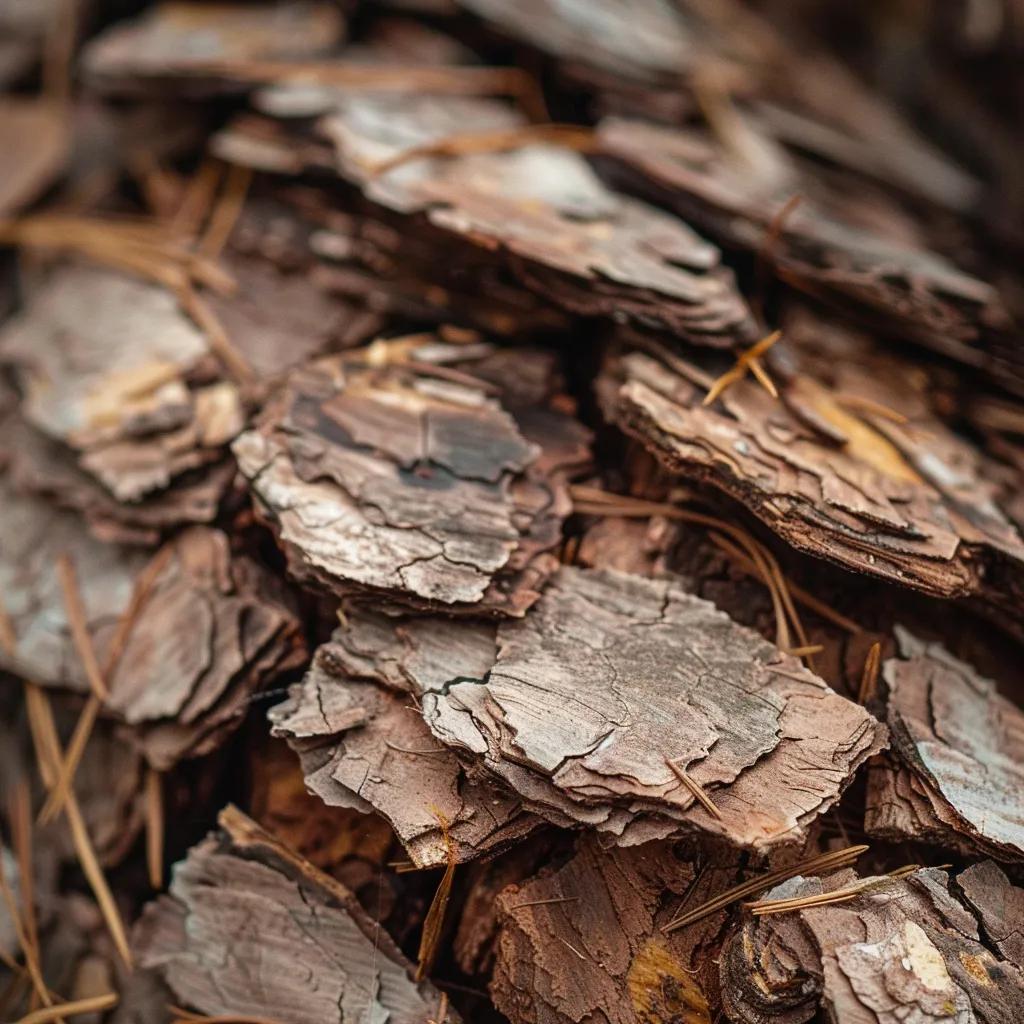
Composted pine bark increases aeration and drainage by creating lightweight channels in the mix, which supports healthy root oxygenation.
Composted pine bark contributes key textural and biological benefits for indoor plants:
- It improves air flow around roots to prevent anaerobic pockets.
- It enhances drainage to avoid waterlogging and root rot.
- It supports beneficial microbial activity for nutrient cycling.
These properties ensure roots breathe easily and prevent waterlogging, paving the way to understanding how coir fibre retains moisture.
Why Is Coir Fibre Important for Moisture and Nutrient Retention?
Coir fibre holds moisture and nutrients within its porous structure, promoting consistent hydration and reducing leaching.
- Excellent water retention that prevents drought stress.
- Steady nutrient holding capacity to feed plants longer.
- Sustainable, renewable source that reduces peat dependency.
This balance between water and aeration sets the stage for comparing perlite and vermiculite.
What Roles Do Perlite and Vermiculite Play in Aeration and Drainage?
Perlite and vermiculite play complementary roles: perlite enhances drainage and aeration while vermiculite retains moisture and essential minerals for plant uptake.
| Ingredient | Primary Attribute | Benefit |
|---|---|---|
| Perlite | Aeration | Prevents compaction and improves oxygen flow |
| Vermiculite | Moisture retention | Releases water slowly and supplies magnesium |
Combining these additives optimises moisture-air balance before exploring wetting agents and fertilisers.
How Do Wetting Agents and Fertilisers Enhance Indoor Plant Growth?
Wetting agents and slow-release fertilisers improve water penetration and deliver balanced nutrition to support vigorous growth throughout the season.
- Improving moisture penetration into hydrophobic soils.
- Supplying controlled nutrients that feed for months.
- Promoting steady root development without nutrient spikes.
This synergy of water and feed rounds out the mix and transitions into how standards ensure consistent quality.
How Does Leaf of Faith Meet or Exceed Australian Potting Mix Standards?
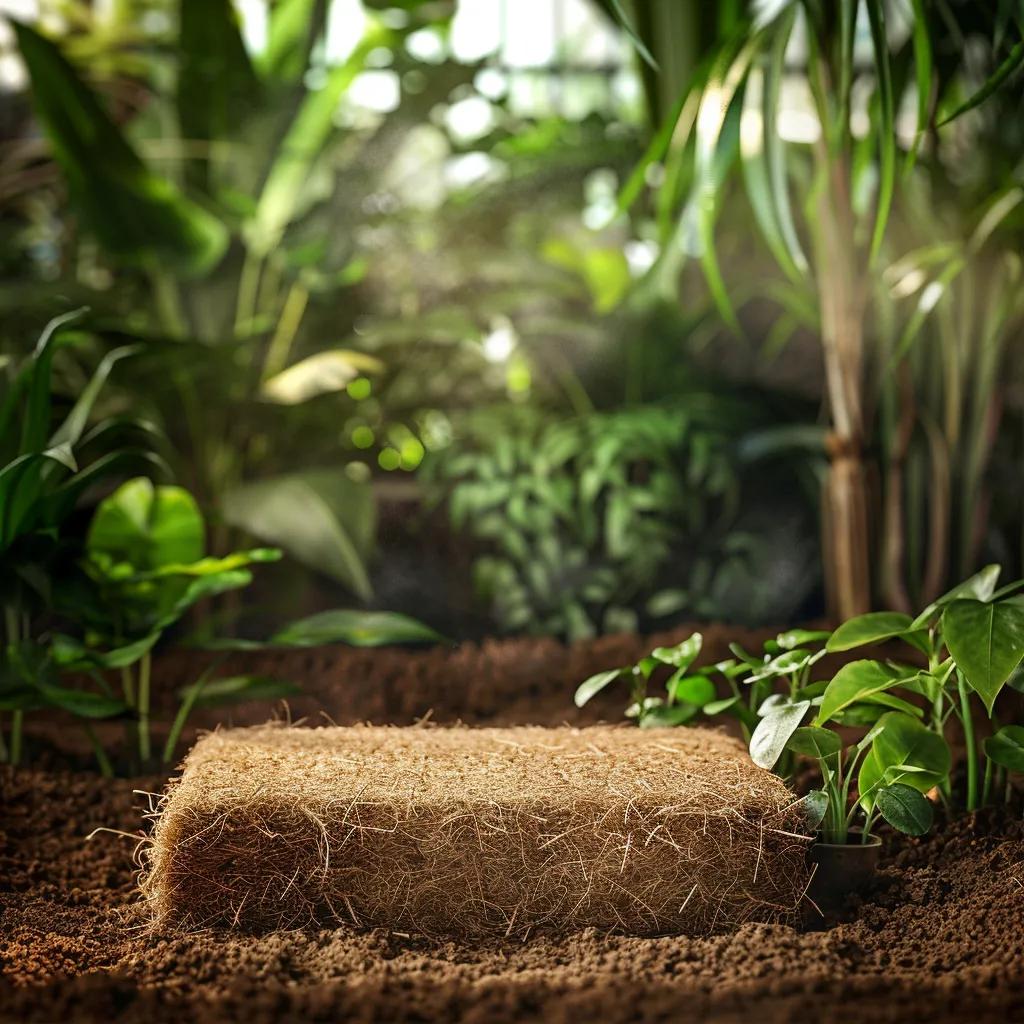
Leaf of Faith premium potting mixes comply with and often surpass Red Tick criteria by blending high-grade coir fibre, composted bark and slow-release feed.
Our approach ensures:
- Rigorous quality testing to maintain consistent water retention capacity.
- Inclusion of industry-approved wetting agents for uniform moisture uptake.
- Six-month controlled-release fertiliser for sustained nutrient release.
Leaf of Faith Potting Mixes
Leaf of Faith potting mixes are designed to meet or exceed the Red Tick criteria of Australian Standards. They achieve this by using high-grade coir fibre, composted bark, and slow-release fertilisers. This approach ensures consistent water retention, uniform moisture uptake, and sustained nutrient release, which are all vital for plant health.
These standards alignment underscores product reliability and leads to solving common mix challenges.
How Can You Solve Common Potting Mix Problems for Indoor Plants in Australia?
What Are Effective Ways to Prevent and Treat Fungus Gnats in Potting Mix?
Fungus gnats develop in overly moist, organic-rich mixes, but proper ingredient balance and surface treatments stop infestations before they begin.
- Keep the topsoil layer dry by watering only when the surface is slightly moist.
- Add a thin layer of horticultural sand or fine grit to block adult emergence.
- Apply biological controls like Bti-based drenches to target larvae.
These practices protect roots and prepare you to tackle hydrophobic soil conditions.
How Do You Fix a Hydrophobic Potting Mix That Repels Water?
Hydrophobic potting mix repels water when its organic particles dry out, blocking moisture absorption and leading to uneven hydration.
- Moisten the mix gradually by misting the surface evenly.
- Stir in a commercial wetting agent according to the manufacturer's instructions.
- Allow the mix to absorb moisture for one hour before watering normally.
Rehydrated mix restores uniform moisture distribution and prevents compaction, transitioning into drainage solutions.
How Can You Address Potting Mix Compaction and Drainage Issues?
Compacted potting mix limits root growth and causes waterlogging by reducing air pockets essential for drainage.
- Incorporate coarse perlite or washed river sand at a 10–20% volume ratio.
- Repot into containers with adequate drainage holes and saucers.
- Fluff the soil surface monthly to maintain loose structure.
Maintaining a loose, aerated mix ensures roots breathe and readies the discussion on selecting the ideal Leaf of Faith blend.
How Do You Choose the Best Leaf of Faith Potting Mix for Your Indoor Plants?
What Are the Differences Between General Purpose and Specialty Potting Mixes?
| Mix | Feature | Ideal Plants |
|---|---|---|
| General Purpose | Balanced drainage and retention | Most common houseplants |
| Specialty (Aroid, Succulent) | Customised aeration and nutrient profile | Aroids, succulents and cacti |
Knowing these distinctions helps you match a mix to your plant’s specific growth habits before exploring plant-type recommendations.
What Is a Recommended Succulent and Cacti Potting Mix Recipe?
Succulents and cacti flourish in a gritty mix, so combine two parts General Purpose mix with two parts coarse sand and one part Leaf of Faith perlite.
- Mix two volumes of General Purpose mix with two volumes of washed coarse sand.
- Incorporate one volume of perlite for extra drainage.
- Optionally add a teaspoon of slow-release fertiliser per pot to boost growth.
This recipe provides the rapid drainage and minimal moisture retention that succulent roots require.
Choosing the best potting mix for Australian indoor plants unlocks healthier foliage and stronger roots throughout your home. Leaf of Faith’s blends combines premium ingredients and strict standards compliance to ensure every plant performs at its peak. Whether you select a ready-made mix or craft a DIY blend, these guidelines guarantee consistent moisture, air flow and nutrition. Explore our range at leafoffaithsa.com.au and give your indoor garden the foundation it deserves.


